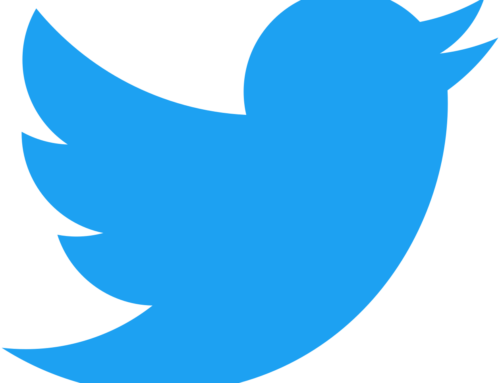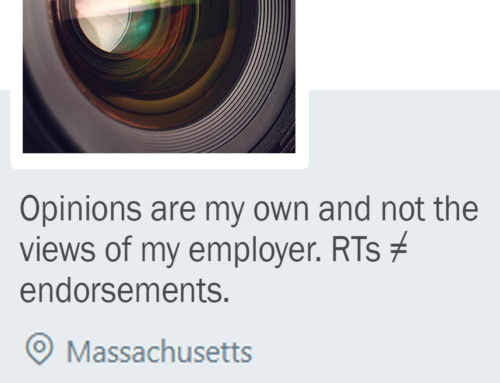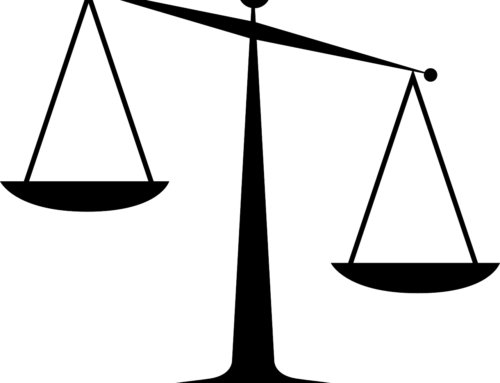We’re pulling a Taylor Swift and making some things clear about our reputation – this post is here to snap back at those who would say that strategic communications is all art, and no science. In fact, developing communications strategy is steeped in theory, hypothesis, and method. While creativity and flexibility are still key, communications professionals do have plenty of tools at their disposal for creating content and developing strategies.
When developing a messaging strategy on an issue, one of the challenges is being able to simultaneously push your own agenda, while anticipating and responding to what opponents will say. A strong messaging strategy is simple, yet multi-faceted and creating something intelligible out of complex information can be confusing. Breaking the process down with a Messaging Grid helps focus a brainstorming session, and highlight the key elements that your messaging strategy should address.
A Messaging Grid will often look as follows:
| What do we say about ourselves?
|
What do we say about our opponent?
|
| What does our opponent say about us?
|
What does our opponent say about themselves?
|
In practice, a Messaging Grid may be filled in as follows. For example, a politician working to pass healthcare legislation would want to consider the following questions when developing messaging strategy.
- Why do we think this legislation is so important? Is it about saving money? Saving lives?
- How do we undercut the opposition? How are they failing the public by not supporting this legislation?
- What accusations can we expect to see coming our way? What language can we expect to see being used to undermine our argument?
- How will our opposition present themselves? How is their position on the legislation going to be presented? What kind of words will they use to frame the argument in their favor?
By breaking down the message development process into these questions, communications professionals can look carefully at all sides of an argument and analyze the playing field that their messaging strategy will be applied to. It can help clarify how their argument will stand up against that of their opponents, and where the strengths and weaknesses of the messaging strategy lie.



